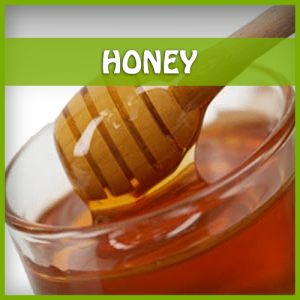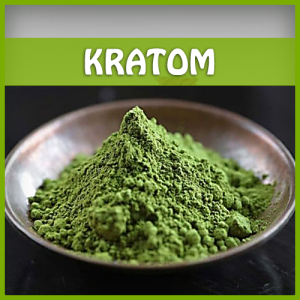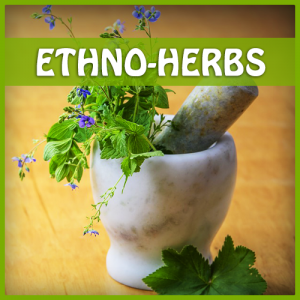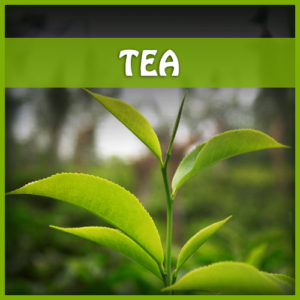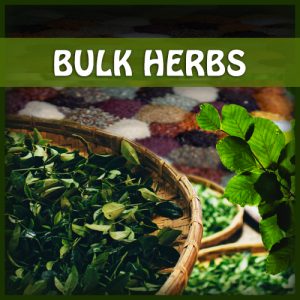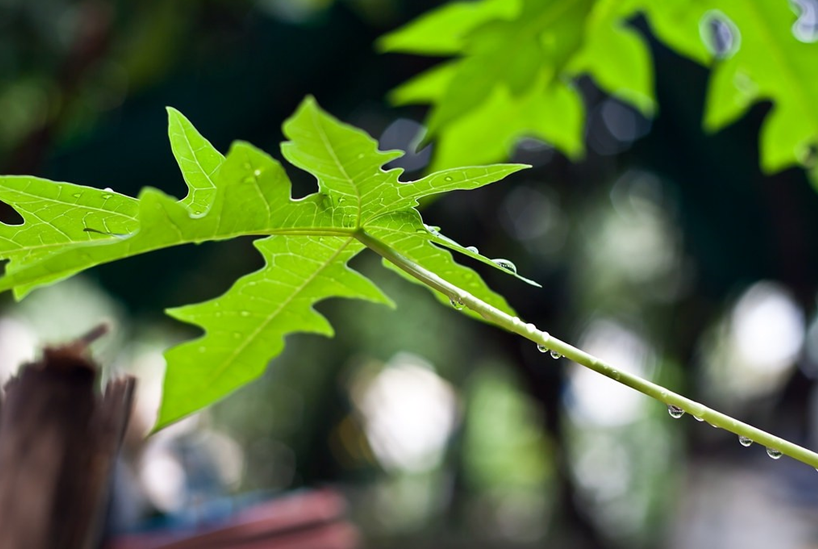Updates
Unlocking the Nutritional Benefits of Papaya Leaf: An Underutilized Superfood
Papaya is a popular fruit known for its delicious taste and various health benefits. However, the papaya plant is more than just its sweet fruit. The leaves of the papaya plant are also highly nutritious and have been used for centuries in traditional medicine to treat various ailments. In recent years, there has been growing interest in the nutritional benefits of papaya leaf, which is now considered an underutilized superfood.
In this article, we will explore the nutritional benefits of papaya leaf and how it can improve your health. We will also discuss the various ways to consume papaya leaf, including papaya leaf tea, juice, and supplements.
What is Papaya Leaf?
Papaya leaf comes from the papaya plant, which is native to tropical regions of America. The papaya plant is a small tree that produces a sweet fruit that is consumed worldwide. The leaves of the papaya plant are large, long, and are deeply lobed, resembling a hand. The leaves contain many nutrients that are beneficial to the body.
Nutritional Benefits of Papaya Leaf
1. Rich in Antioxidants
Papaya leaf is rich in antioxidants such as flavonoids, carotenes, and phenolic compounds. These antioxidants protect the body from free radicals, which are harmful substances that can damage cells and contribute to various diseases such as cancer and heart disease. Studies have shown that papaya leaf extract has higher antioxidant activity than green tea extract.
2. Boosts Immune System
Papaya leaf contains several compounds that boost the immune system. One of these compounds is papain, which is an enzyme that has anti-inflammatory properties. Papain can help the body fight off infections and illnesses by reducing inflammation and promoting healing. In addition, papaya leaf contains alkaloids and flavonoids that stimulate the production of white blood cells, which are responsible for fighting off infections.
3. Aids Digestion
Papaya leaf contains papain and other enzymes that aid in digestion. Papain breaks down proteins into smaller molecules, making them easier to digest. It also helps to alleviate symptoms of digestive disorders such as bloating, gas, and constipation.
4. Lowers Blood Sugar
Papaya leaf may lower blood sugar levels in people with diabetes. A study published in the Journal of Medicinal Food found that papaya leaf extract lowered blood sugar levels in diabetic rats. Another study published in the Journal of Ethnopharmacology found that papaya leaf juice reduced blood sugar levels in people with type 2 diabetes.
5.Reduces Inflammation
Papaya leaf contains several compounds that have anti-inflammatory properties. These compounds help to reduce inflammation throughout the body, which can lead to a range of health benefits. Inflammation is a common underlying factor in many chronic diseases such as arthritis, heart disease, and cancer.
6.Improves Skin Health
Papaya leaf contains several compounds that can improve skin health. Papain, for example, is a natural exfoliant that can remove dead skin cells and promote the growth of new skin cells. Papaya leaf also contains antioxidants that protect the skin from free radicals and prevent premature aging.
How to Consume Papaya Leaf
1. Papaya Leaf Tea
Papaya leaf tea is a popular way to consume this amazing plant’s benefits. To make papaya leaf tea, boil 10-15 papaya leaves in a liter of water for 10-15 minutes. Strain the leaves and drink the tea warm or cold. Papaya leaf tea has a slightly bitter taste, so you can add honey or lemon to improve the taste. You can drink up to two cups of papaya leaf tea per day.
2. Papaya Leaf Juice
Another way to consume papaya leaf is by making juice. To make papaya leaf juice, blend a handful of fresh papaya leaves with water and strain the juice. You can add other fruits or vegetables to the juice for a more flavorful drink. Papaya leaf juice is a great way to consume papaya leaf if you don’t like the taste of papaya leaf tea.
Papaya Leaf Supplements
Papaya leaf supplements are also available in the form of capsules or tablets. These supplements contain concentrated papaya leaf extract and are an easy way to consume papaya leaf. However, it’s important to choose a high-quality supplement from a reputable brand to ensure that it contains the right amount of active ingredients.
Safety and Precautions
While papaya leaf is generally safe to consume, there are some precautions to keep in mind. Pregnant and breastfeeding women should avoid consuming papaya leaf as it may cause contractions in the uterus. People with latex allergies should also avoid consuming papaya leaf as it may cause an allergic reaction. If you’re taking any medication, consult with your doctor before consuming papaya leaf as it may interact with certain medications.
Conclusion
Papaya leaf is a highly nutritious superfood that has been used for centuries in traditional medicine. It contains antioxidants, boosts the immune system, aids digestion,
lowers blood sugar, reduces inflammation, and improves skin health. Papaya leaf can be consumed in various forms, including papaya leaf tea, juice, and supplements. However, it’s important to consume papaya leaf in moderation and follow any safety precautions to ensure that it’s safe for you to consume.
Incorporating papaya leaf into your diet can provide numerous health benefits and may even prevent certain diseases. So why not try adding papaya leaf to your daily routine and unlock the nutritional benefits of this underutilized superfood?
Citations:
1. Nayak, B. S., & Marshall, J. R. (2013). Isolation of a novel antihypertensive peptide from the fruit and leaf of Carica Journal of Food Science, 78(2), H278-H284.
2.Anwar, , Latif, S., Ashraf, M., & Gilani, A. H. (2007). Moringa oleifera: A food plant with multiple medicinal uses. Phytotherapy Research, 21(1), 17-25.
3.Otsuki, N., Dang, N. H., Kumagai, E., Kondo, , Iwata, S., & Morimoto, C. (2010). Aqueous extract of Carica papaya leaves exhibits anti-tumor activity and immunomodulatory effects. Journal of Ethnopharmacology, 127(3), 760-767.










